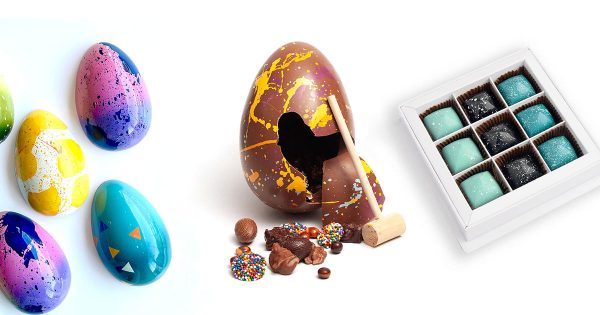The Art of Preservation by Conserva

While the beautiful vegetables filled with colors disappear with the arrival of autumn, comes the time to preserve them to have it until next year. We met an expert in the field, Massimo Vincelli, who with his partner, John Barros, opened the Épicerie Conserva, just a year ago, on the Plaza Saint-Hubert in Montreal, a Farm to Table grocery store. Let’s learn the Art of Preservation by Conserva
As autumn arrives, it’s the canned food season, but for you at Conserva, it’s all year long. I imagine that for you who comes from an Italian family, canned food, it must be in your veins with tomatoes and all other vegetables. If you explained to me where the Conserva idea came from, how did you start the business, and how to make good preserves?
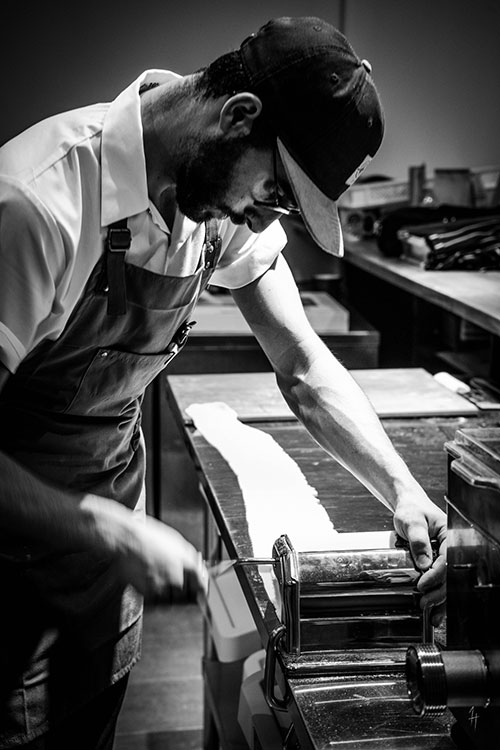
Credit: Aymeric Halbmeyer
For us, the Conserva adventure is to transmit what we have learned in our youth and to serve them the same quality with which we grew up. I remember when I was about 5 years old, I went to the fields to pick tomatoes and we made an industrial number of tomatoes. We started at 8 o’clock in the morning to finish at 9 o’clock in the evening. It was about 300–400 jars, it must be said that it was for the year long. This idea of taking what we have in season to keep them year-round really comes from our youth, to me, who is of Italian origin as I mentioned, and John, who is of Portuguese origin, we simply decided to put everything in a store, and that’s how the Conserva Grocery was born.
From Restaurants To A Fine Food Grocery Store
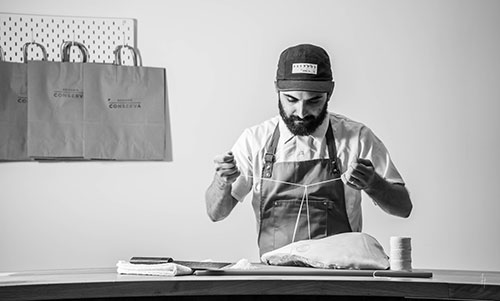
John Barros
Credit: Aymeric Halbmeyer
You came from the restaurants field, didn’t you?
Yes, John has about 11 years of experience in kitchens and was chef in different places, while I have about 7 years of experience in restoration as well. I traveled and worked in Italy and Denmark. In Toronto too.
Compared to this experience in the world of preservation, how do you make good home-made preserves?
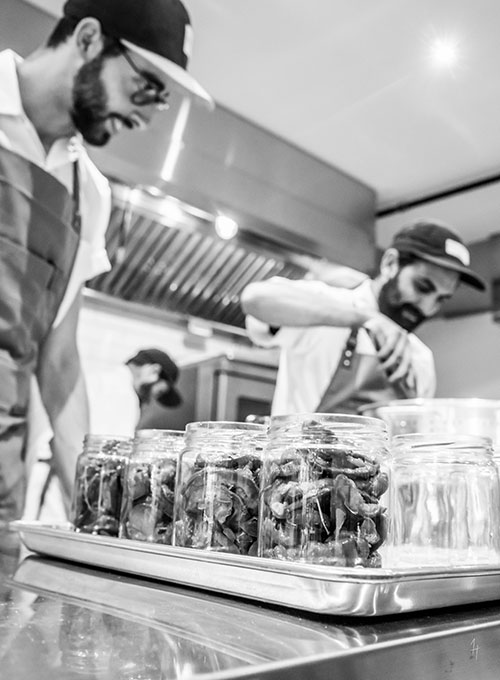
Credit: Aymeric Halbmeyer
The first essential thing is to have a product in season and at its best and keep it in brine, vacuum, etc. Here, we marinate a lot, with a very simple brine not to hide the taste, but to amplify it. Also, there are no secrets to making good preserves. The first thing is to not be afraid to try. It’s trying to see if it’s delicious or not. I did a lot of things that were very bad, especially when you experimented with fermentation in different restaurants I worked in. And I saw the faces of my colleagues who said it was really disgusting. But, as I mentioned, it’s just trying to be able to know it and it’s the same for the preservation. We start with a basic technique and then we refine and then perfect our recipes.
So we take our vegetables, we decide what flavor we want in our jar: salty, natural or as here with our cauliflower, we add some grilled coriander seeds to bring out the taste of cauliflower or a little dill for our pickles. We must really respect what is in season. You heat the liquid, you put your vegetables to the edge with the spices, you put the lid on it (a new lid and put in the hot water), you add your marinade on it and you make heat of 10 to 15 minutes and you let’s sit upside down, and that’s it! (Editor’s Note. The complete method is at the end of the article.)
While some experiments with fermentation went wrong, what did you bring to your work all these
different experiences in the kitchen?
Often it was for tests, for example at Hoogan & Beaufort, I made fermented white beets and it was really delicious, and also different tests with a different time and salt levels. For me, it was really a discovery, which made me see that you can really do everything in the kitchen, there are no limits. I know that many people are afraid of fermentation, but it’s something that’s been around for hundreds of years.
Exactly, talking about the fear of fermentation and of preservation, it’s a little bit your challenge here to sell these products when people cannot really taste what’s in the jar.
The first thing is doubt, you have to see if they are interested, usually it’s a good start. Sometimes we have samples that can be tasted once it’s done, it’s almost a sale of concluded. For example, our pickles are really a hit, about 95% of our customers love them.
Organic, necessary for good preserves?
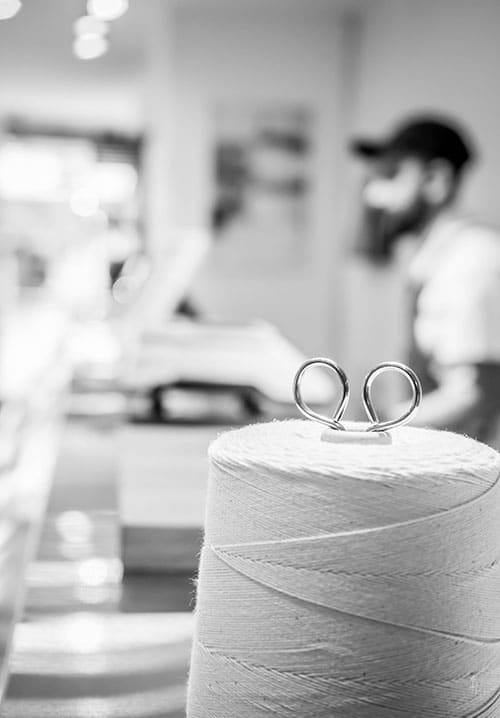
Credit: Aymeric Halbmeyer
Here is really “Farm to Table” with organic vegetables, does it change anything for preservation?
It is certain that an organic vegetable will have more taste and will also be healthier, but it is especially in the fermentation that we see the difference. For example, with non-organic ginger, it looks radiated. A vegetable without microbes, without bacteria, it will not ferment, because it is almost neutral.
Is it a bit like cheese?
Exactly. There is more culture, more bacteria. Especially for lacto-fermentation, organic vegetables are essential.
And what are you experiencing for this autumn?
Last year, we made a red jalapeño sauce that was really successful. This year, we are trying with the green jalapeño, same technique.
And you’ve just celebrated your first year, how is it going?
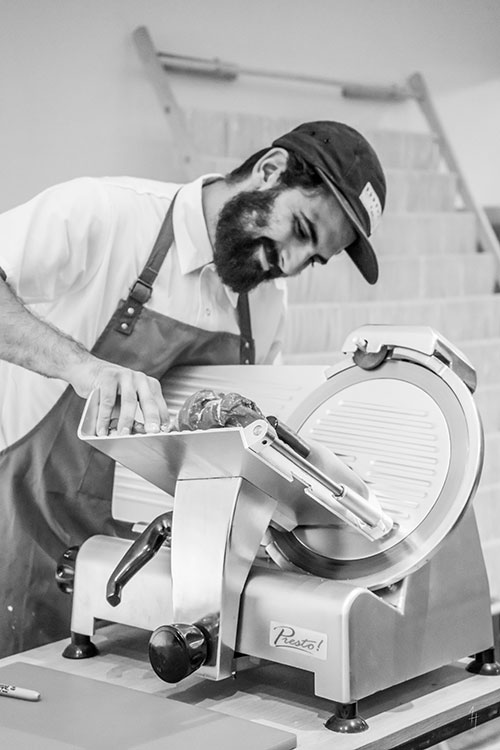
Credit: Aymeric Halbmeyer
People really love our butcher and ready-to-eat side. The things that can make a meal, they buy the meat and then the accompaniments. For example, lasagna and a small salad. Same thing for meat, we want people to try things they have never cooked, etc. They ask us our techniques, etc.
And you started cooking classes.
Yes, it will start this autumn with pasta. A little starter kit, you do not need an arsenal to make home-made pasta. It’s really simple and quality. Pastry and butcher classes also with John. Understand how the animal is made, etc. Here we buy the whole animal and we use all the parts, we sell the most beautiful parts to our customers and we transform the rest, either sausage, shepherd’s pie, pork rillettes, etc. There is no waste, we use the bones for our broths. So here, we minimize the losses to the maximum.
Method to nail the Preservation by Conserva
Recipe for a vinegar marinade preservation by Conserva
- 1 part of water
- 1 part vinegar
- ½ part of sugar
- Salt to taste
- Vegetables
- Spices
- Put the lids in the hot water to relax them
- Put the ingredients (except your vegetables and spices) in a saucepan
- Bring everything to a boil
- Put the vegetables in the pot
- Add the different spices
- Make sure the edge of the pot is clean
- Pour the brine into the jar up to about 2.5 cm from the edge
- Close the jar
- Put in a cauldron of boiling water covered about 15 minutes using forceps
- Remove the jar
- Flip the pot on the counter and wait for the “pop”
Want to know more about the preservation by Conserva and their other products, it’s here
Article originally published in Gentologie Magazine Issue 1



